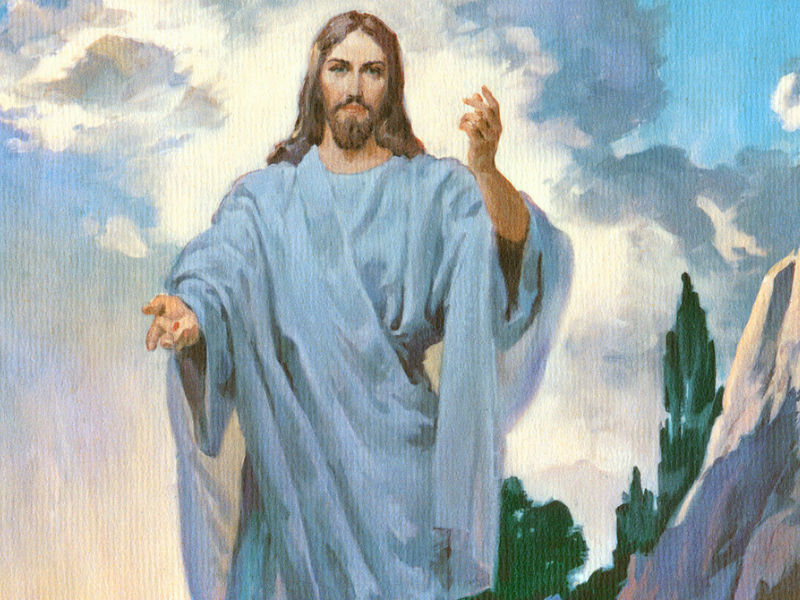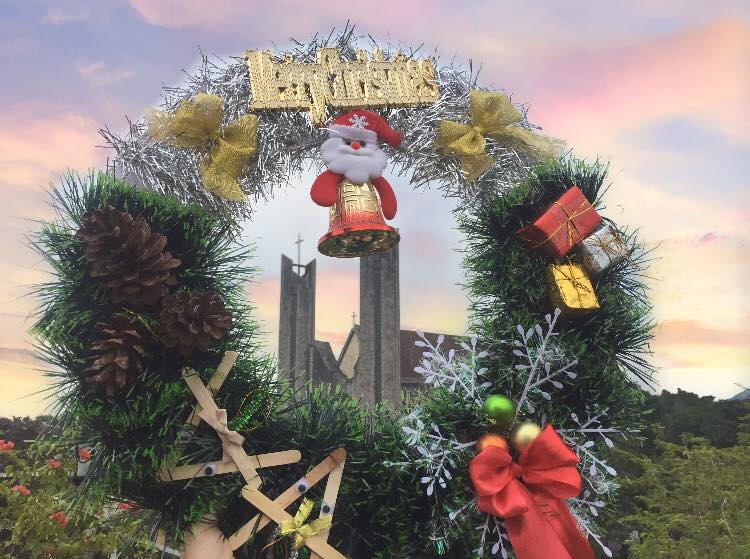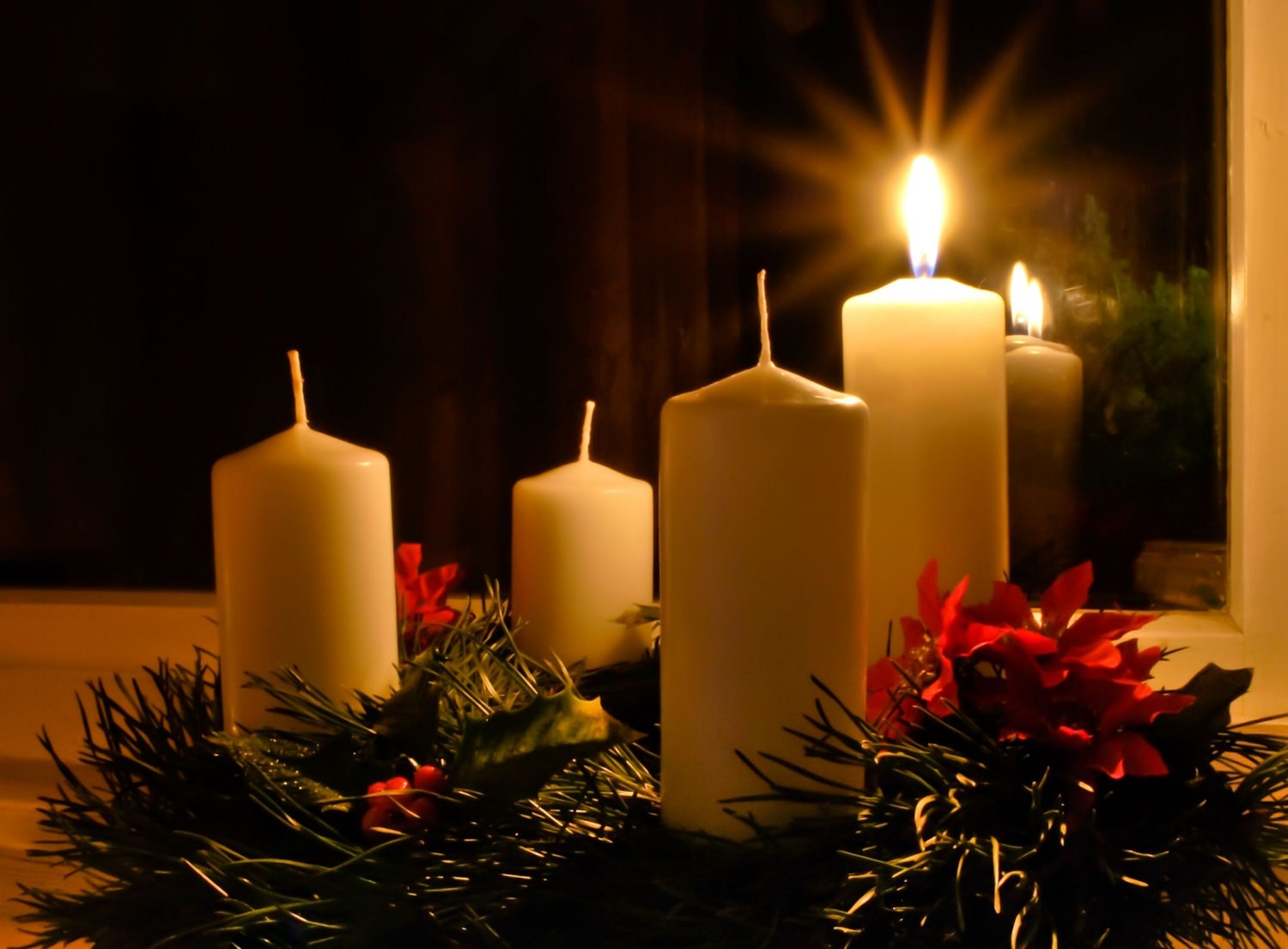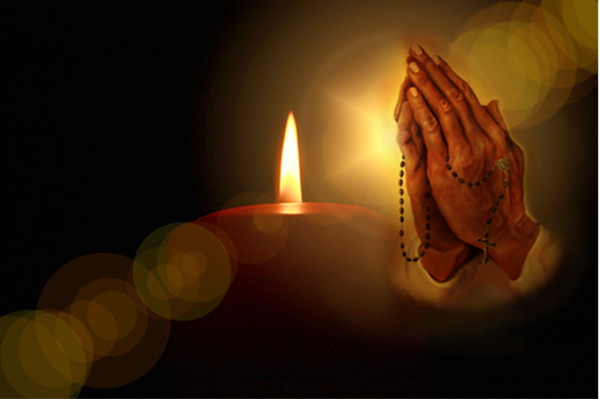ADVENT AND EVERYTHING YOU MAY NEED TO KNOW
Advent is the first season of the liturgical year, including a period of four weeks before Christmas. It starts from the first Sunday of Advent and ends on the night before Christmas (December 24 night, Christmas Eve).
Advent, in Vietnamese means “expectation”, “hope”. “Hope” is to expect what are coming. The Church translates the Greek noun “παρουσία” (parousia means come) into the Latin word “Adventus” from the verb “advenire” (also means come).
1. History
According to the historical process, Advent came after Lent and also lasted for 6 weeks like Lent (in the 6th century). Until Pope Gregory I (7th century) set to 4 weeks, representing 4000 years since Adam and Eve committed the crime of eating forbidden fruit. And until the time of the birth of the Redeemer of mankind. Or it symbolized the time of 40 years, the Jews wandered in the desert, before entering the Promised Land.
2. The meaning of Advent
Advent has two characteristics. It is the season of the preparation for the solemn Christmas, the first coming of the Son of God come to mankind. It is also the season that through this homage, the faithful look forward to Christ for the second appearance at the end of the world. For these two reasons, it is regarded as a zealous and joyful season.

It is divided into two stages corresponding to the following two meanings:
The first phase begins the season of Advent, that is, the first Sunday of Advent, and lasts until December 16th. The meaning of this period is to direct the believer’s expectation on Christ’s second coming in glory.
The second phase lasts for a week, from December 17 to 24. It aims to directly prepare for the great celebration of Christmas, which commemorates the event of Christ’s arrival on earth for the first time in human history.
Therefore, this season has two different meanings. One meaning to return to the past, which is to prepare to celebrate the historic Christmas event of the Son of God. Another meaning is for the future, it is preparing the hearts and soul of the faithful to await Christ’s return in glory.
3. Traditions in Advent
The four weeks of Advent are seen as symbol for the four thousand years of darkness before Christ’s arrival. People decorate the Christmas scene with light candles and the Advent wreath in the house. This action signifies the presence of Christ coming in the darkness of sin and suffering. Besides, four candles adorn for the wreath, one for each week. The fifth tree is sometimes placed in the center for the start of the Christmas season.

The colors are worn by deacons and priests, and decorated for the church. They symbolize for the candles that placed around the Advent wreath.
Purple: the color of loyalty, penance and fasting (the first, second and fourth weeks of Advent).
Pink: the color of joy (the third week of Advent, commonly known as Gaudete Sunday – which is joy in Latin).
White: light and purity (the Christ candle, the central candle filling the season and starting the Christmas season).

4. Content of Bible readings
The Old Testament readings cite the book of the prophets, recall the promise of the Savior and the preparation of salvation for Israel.
Scripture readings show that these prophetic words were fulfilled in Jesus, and emphasized the waiting for the second salvation.
The readings of the Gospel refer to “awakening” topics, especially the preaching that prepares for the Savior through the words of Gioan Baotixita. Specifically, the appeal: “Prepare the way to welcome God, winding to straighten, rugged to flatten, deep holes to fill, high places must be lowered.”

Thank readers for your reading! We wanna send to all believers the deepest wishes, prayers and blessings during this time.






